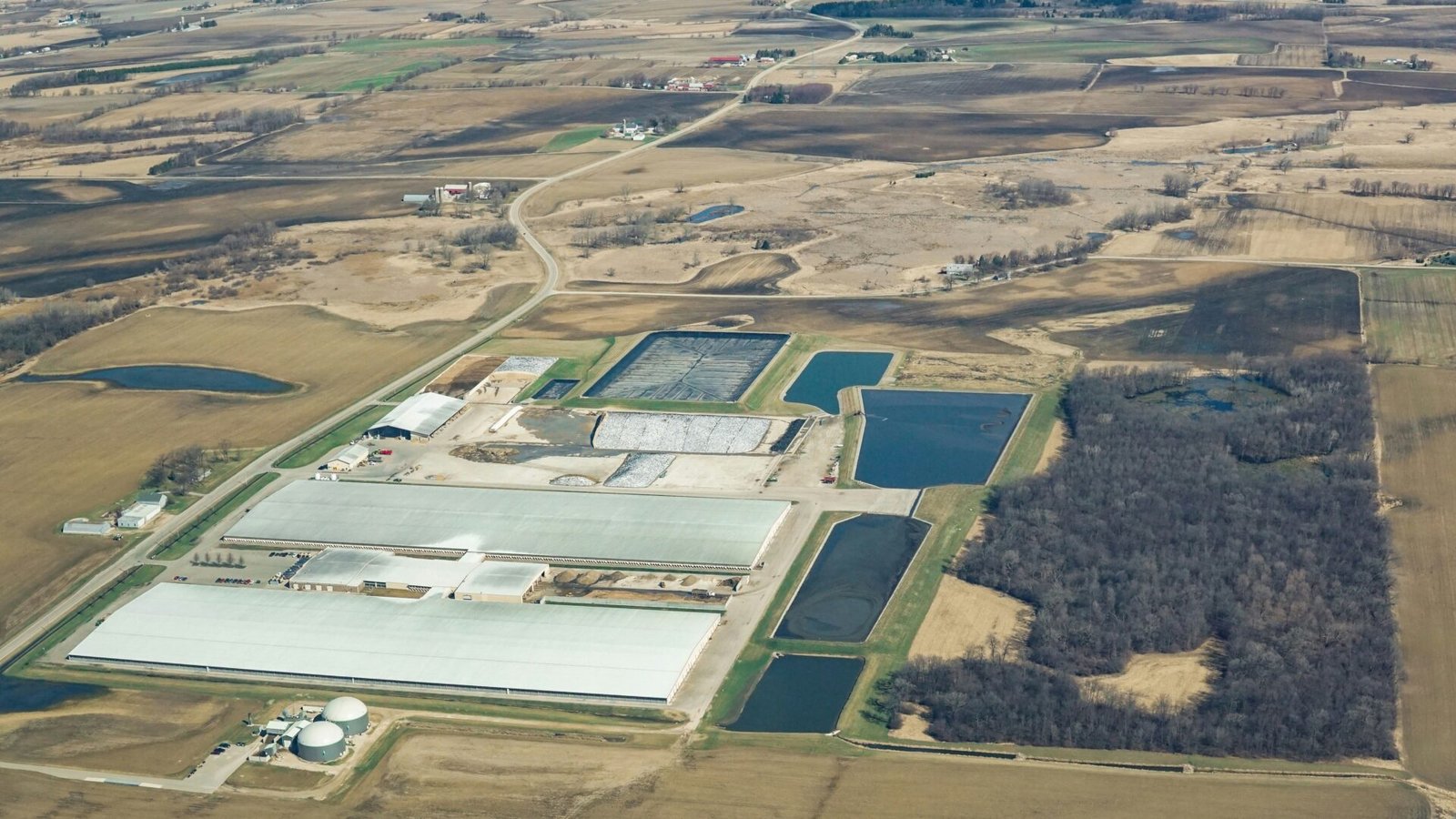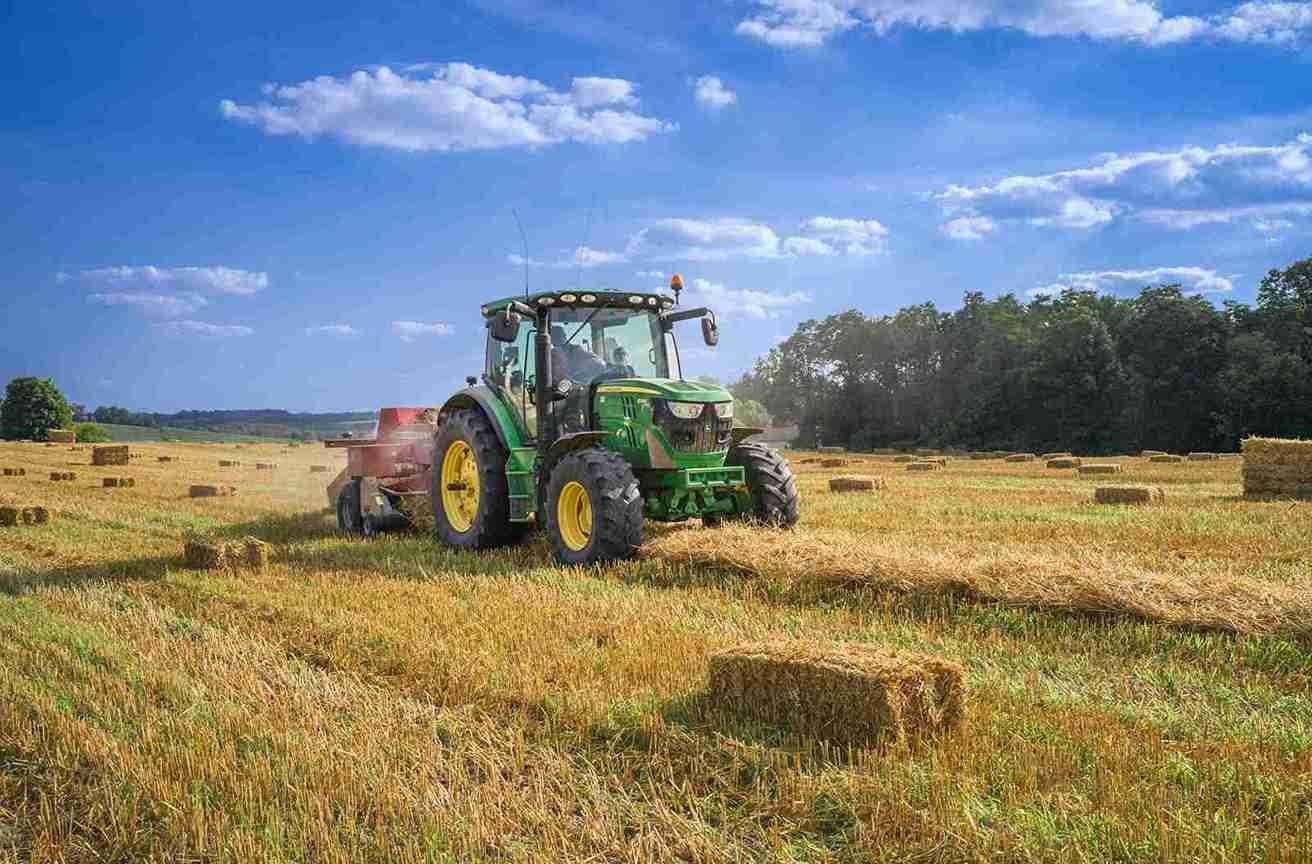
Summaries :
- Biogas is generated from the breakdown of organic substances. These residues are put into a biogas digester without the presence of oxygen. A variety of bacteria assists in the decomposition of organic matter, resulting in the release of a mix of gases: 45 – 85 vol% methane (CH4) and 25 – 50 vol% carbon dioxide (CO2). The result is a sustainable gas that can be utilized for various uses.
- Recent research indicates that biomethane is a viable solution to reduce GHG emissions from transportation, which account for 25% of total emissions in the EU
- In these thriving ecosystems, plants take in carbon dioxide from the air, acting as carbon sinks, while digestate used as organic fertilizer replenishes nutrients in the soil; methane emissions from livestock are captured within a biogas facility, rather than escaping into the atmosphere; implementing sequential crops safeguards the soil and enhances biodiversity.
Positioned to play an expanding part in the energy mix, biomethane is among the essential solutions to hasten the shift to carbon neutrality. It aids in reducing carbon emissions in buildings, industry, and transportation, generates local jobs that are not transferable, and fosters the expansion of the circular economy.
Converting Molecules Into Energy
Biogas is generated from the breakdown of organic substances. These residues are put into a biogas digester without the presence of oxygen. A variety of bacteria assists in the decomposition of organic matter, resulting in the release of a mix of gases: 45 – 85 vol% methane (CH4) and 25 – 50 vol% carbon dioxide (CO2). The result is a sustainable gas that can be utilized for various uses.
Biomethane is the upgraded version of biogas, containing nearly 100% methane and having a quality comparable to natural gas. Biomethane can alternatively be generated through gasification or power-to-methane methods. Its various uses encompass heating and powering our structures and industries, along with generating renewable fuel for the transportation sector.
Meanwhile, biohydrogen is hydrogen derived from biological sources (such as biomass and biogases) through various technologies, including biological, thermochemical, and bioelectrochemical methods.
Read More :
- What about Water AI Footprint also Good and Bad AI to Carbon ?
- What Does “Net Zero” Refer to as the Climate Crisis Intensifies?
Reducing Greenhouse Gas Emissions
Biogas and biomethane reduce emissions throughout the entire value chain, achieving a threefold effect in emissions reduction. To begin with, they prevent emissions that would typically happen organically–organic waste is brought into the regulated surroundings of biogas facilities–stopping the emissions generated by the breakdown of organic material from entering the atmosphere.
Secondly, the biogas and biomethane produced replace fossil fuels as sources of energy. Lastly, applying the digestate generated from the biogas production process as biofertiliser aids in restoring organic carbon to the soil and decreases the need for the carbon-heavy production of mineral fertilisers.
Sustainable Energy for Heating and Electricity

Combined heat and power systems (CHP) are a prevalent utilization method for biogas in Europe. The concept behind CHP is that producing electrical and thermal energy together is more efficient than generating them individually.
Based on the configuration of the biogas plants, some of the heat generated from the CHP can be utilized to assist the fermentation process of the plant – for instance, if the biogas reactors need heat to sustain the appropriate temperature. The electricity generated is primarily directed into the power grid, whereas excess heat is accessible for nearby heating uses.
Sustainable Transportation
Recent research indicates that biomethane is a viable solution to reduce GHG emissions from transportation, which account for 25% of total emissions in the EU. Biomethane acts as a biofuel in the guise of a CNG or LNG alternative, referred to as bio-CNG or bio-LNG. Biomethane in transportation shows excellent results in lowering GHG emissions when we account for the complete carbon footprint of vehicles (Well-to-Wheel).
Depending on the feedstock utilized, biomethane can even achieve negative emissions, indicating that CO2 is truly extracted from the atmosphere. Liquefied biomethane is applicable, for instance, in heavy-duty road transportation and the maritime industry, both of which are challenging to electrify.
Recycling of Waste
Biogas and biomethane are produced from various kinds of organic waste, converting refuse into a valuable asset, which embodies the fundamental concept of an effective circular economy. Food waste or wastewater can be collected from our cities and utilized to generate renewable energy, aiding in the growth of a local bioeconomy.
In rural areas, waste from livestock farming or plant biomass can be upgraded and transformed into energy, while digestate serves as organic fertiliser.
Agroecological Shift

In numerous rural regions, farming is a primary economic activity. Farming is also a significant factor in generating renewable energy, such as biogas. Integrating agricultural practices with renewable energy generation via biogas offers numerous advantages. It enables farmers to effectively handle their waste and by-products, lowers emissions from farming, and enhances soil quality and biodiversity on agricultural lands.
Read More :
- Discover 5 Staggering Facts About Biomass
- Indonesia’s Global Biomass Demands Devastate Rainforests in Sulawesi
In these thriving ecosystems, plants take in carbon dioxide from the air, acting as carbon sinks, while digestate used as organic fertilizer replenishes nutrients in the soil, methane emissions from livestock are captured within a biogas facility, rather than escaping into the atmosphere; implementing sequential crops safeguards the soil and enhances biodiversity.
Advancing sustainable and efficient agricultural methods is a key factor in rural development by enhancing agriculture’s sustainability and cost-effectiveness.
#zonaebt #serbaterbarukan #EBTHeroes
Editor: Tri Indah Lestari


